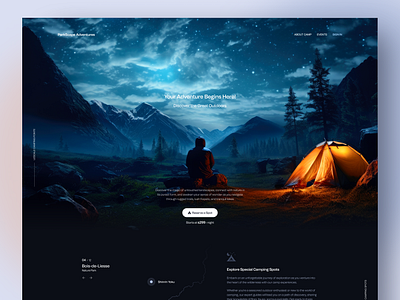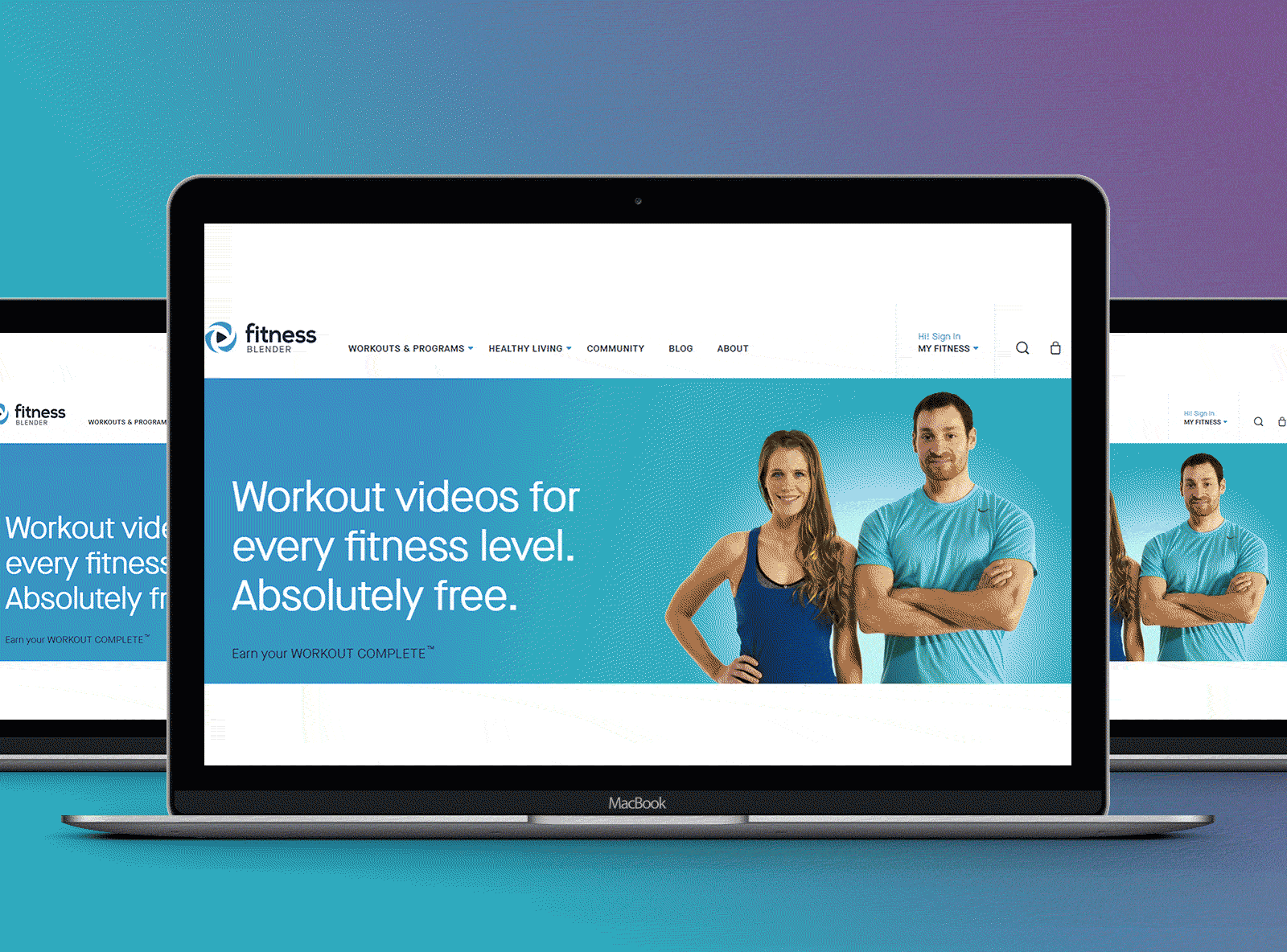Important Tips for Crafting High-Impact Website Styles
In the world of electronic advertising, the design of a site functions as an important touchpoint for involving possible clients. To develop high-impact web site designs, one must take into consideration vital elements such as target market understanding, individual experience, and visual pecking order. Each of these elements plays a crucial role in not only drawing in visitors however also in assisting in meaningful communications. The interplay in between these elements can be nuanced and complex, elevating the question of how to efficiently balance them to achieve ideal outcomes. Discovering these techniques can result in transformative end results for your on-line visibility.
Understand Your Audience
Understanding your target market is fundamental to efficient site layout. A web site that resonates with its visitors is frequently the outcome of complete study and understandings right into user actions, choices, and demographics. Determining target customers allows developers to tailor content, visuals, and functionalities that meet their specific demands, enhancing engagement and complete satisfaction.
To properly understand your target market, begin by conducting demographic evaluations to gather data on age, gender, place, and interests. This info offers as a structure for developing user personalities, which represent the key features of your target audience. These personas overview decision-making in design components and web content approach, making sure alignment with individual assumptions.
Additionally, assessing individual actions with tools like Google Analytics can reveal how site visitors engage with your site. Metrics such as bounce prices and time on page can highlight areas that need enhancement or change. Individual surveys and responses also provide indispensable understandings right into preferences and pain points.
Inevitably, a deep understanding of your target market is not merely helpful but essential. It equips designers to develop even more appropriate, appealing, and useful sites that foster a favorable customer experience and drive desired end results.
Prioritize User Experience
When designing an internet site, focusing on individual experience (UX) is paramount to accomplishing both individual fulfillment and company objectives. A well-crafted UX guarantees that visitors can browse the website easily, find the info they need, and engage with content efficiently. To accomplish this, it is crucial to take on a user-centered style method that includes understanding customer needs, preferences, and actions.
Begin by carrying out thorough research, including user studies and functionality screening, to gather understandings into just how individuals interact with your website. This information should notify design choices, making sure that formats and features line up with user assumptions. Streamlined navigation is important; visitors must have the ability to locate details rapidly without unneeded clicks or complication.

Last but not least, make certain that your website comes to all individuals, including those with impairments. Adhering to accessibility requirements not only expands your audience but also fosters inclusivity. By prioritizing UX, you lay the structure for a successful internet site that fulfills both user needs and business objectives.
Embrace Visual Pecking Order
A well-structured aesthetic power structure plays a significant duty in enhancing individual experience by assisting visitors' interest to one of the most crucial aspects of a site. By strategically organizing material, designers can create a clear path for customers to comply with, ensuring they engage with necessary details properly.

Additionally, the placement of elements on the page is essential. Leading the customer's stare through the design can be achieved by placing vital info at the top or in the facility, where users typically start their aesthetic trip. Including whitespace around components can also boost clearness, making it easier for users to refine information without feeling bewildered.
Last but not least, employing typography properly adds to aesthetic power structure. Different font weights, designs, and sizes can represent significance, directing users with sites the content flawlessly. By embracing these concepts, designers can develop an user-friendly experience that cultivates interaction and urges individuals to explore further.
Maximize for Mobile
Mobile optimization is crucial in today's digital landscape, as a substantial portion of web traffic originates from mobile phones. To ensure a smooth customer experience, internet sites must be developed with mobile individuals in mind. This entails using receptive website design strategies that adjust the layout, photos, and message to fit different screen dimensions while maintaining functionality and aesthetic appeals.
First, focus on loading rate, as mobile users commonly operate slower networks. Decrease and enhance photos code to boost efficiency. Furthermore, navigation ought Visit This Link to be user-friendly; consider carrying out a streamlined food selection that enables very easy accessibility to crucial pages without overwhelming users.
Touch targets, such as buttons and links, need to be properly sized, ensuring they are conveniently tappable without errors. In addition, make sure that types are mobile-friendly by lessening input fields and making use of dropdowns where suitable, improving the individual experience.
Last but not least, test your internet site throughout various smart phones and web browsers to recognize any kind of concerns that may impact use. By prioritizing mobile optimization, you not only boost customer complete satisfaction but additionally positively impact your site's internet search engine ranking, thus bring in more visitors and enhancing total interaction.
Implement Strong Branding
A well-defined brand not only distinguishes you from rivals but likewise cultivates trust fund and loyalty among your audience. This identity ought to be mirrored constantly throughout all electronic touchpoints, including your internet site, social media, and e-mail interactions.
Visual components such as logo designs, color pattern, and typography play an essential function in branding. Pick a color combination that reverberates with your target audience and shows your brand name personality. Guarantee that your logo is functional and plainly shown on your website, enhancing brand name acknowledgment.
Content is just as vital; your intonation should line up with your brand name identity, whether it's professional, pleasant, or authoritative. Involving storytelling can further reinforce your brand, creating an emotional link with users.
Final Thought
In final thought, crafting high-impact site designs demands a you could check here diverse method that encompasses understanding the audience, prioritizing user experience, and embracing visual hierarchy. By integrating these components, internet sites can successfully involve customers, promote seamless navigation, and foster psychological connections that boost brand identity.
To develop high-impact web site layouts, one have to think about important components such as target market understanding, individual experience, and visual power structure.When designing an internet site, prioritizing user experience (UX) is paramount to accomplishing both customer satisfaction and organization purposes.Start by conducting extensive study, consisting of individual surveys and functionality screening, to collect insights right into how users interact with your site. To make certain a seamless customer experience, websites need to be designed with mobile customers in mind.In verdict, crafting high-impact web site designs demands a complex approach that includes recognizing the target market, prioritizing customer experience, and welcoming visual power structure.